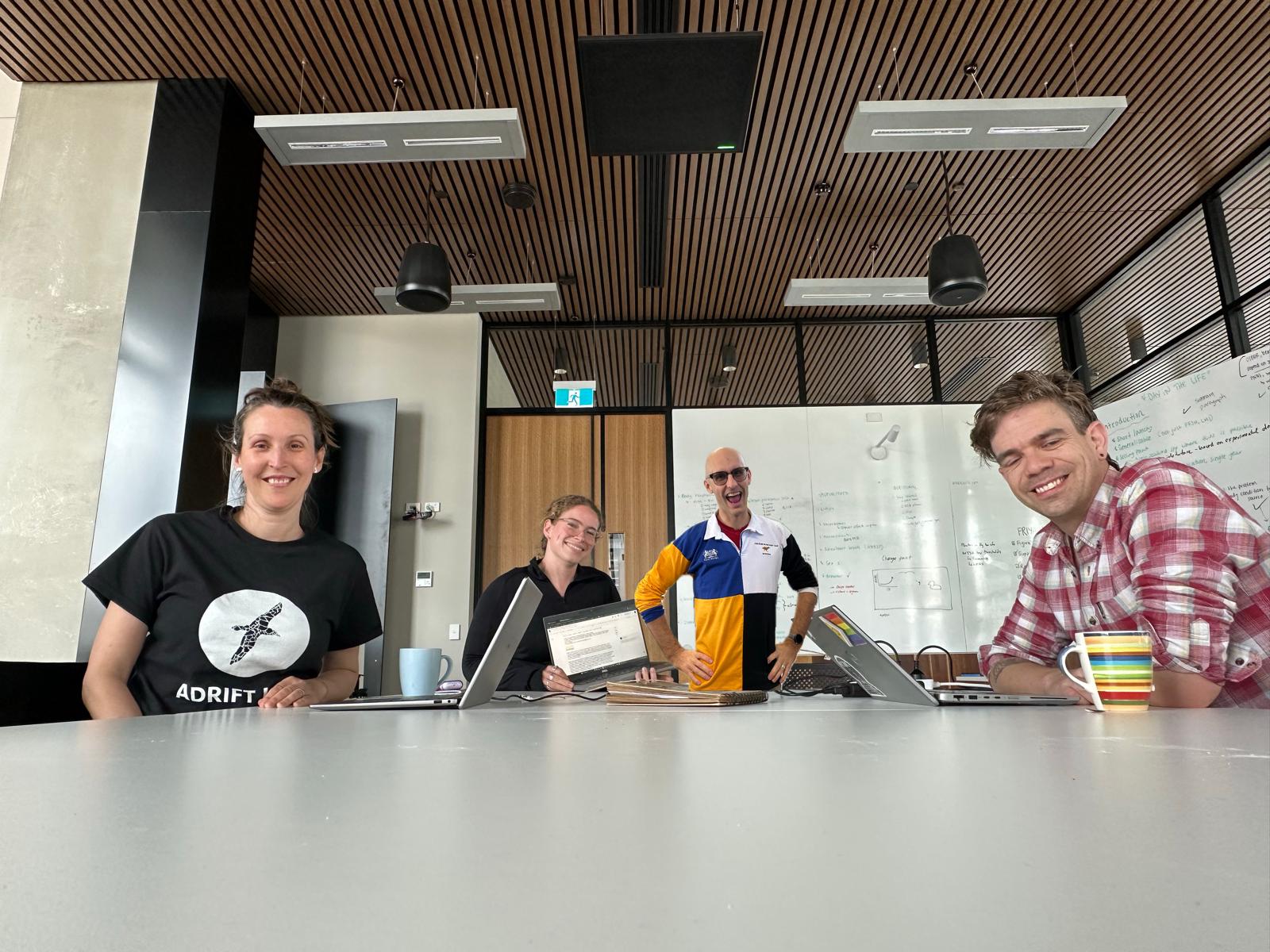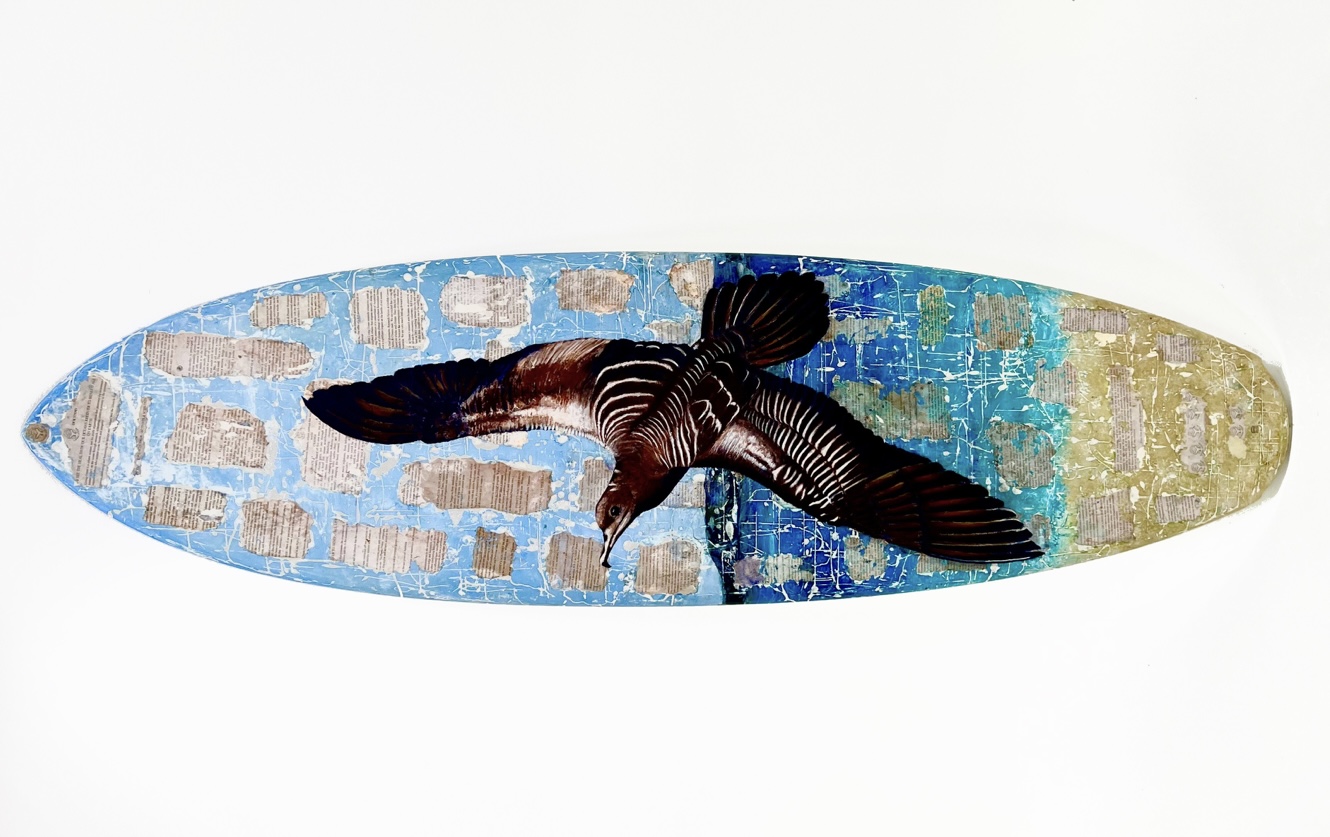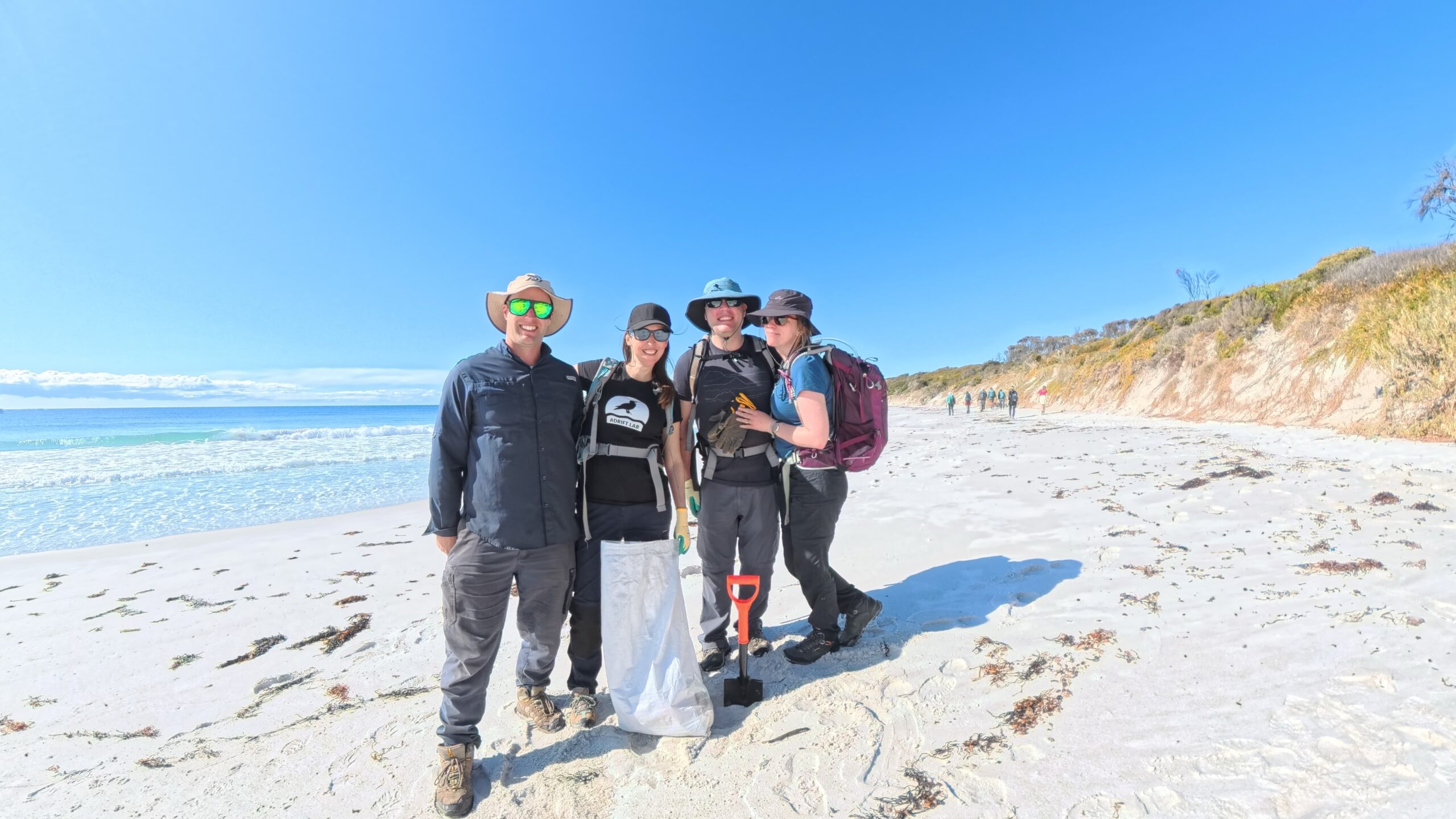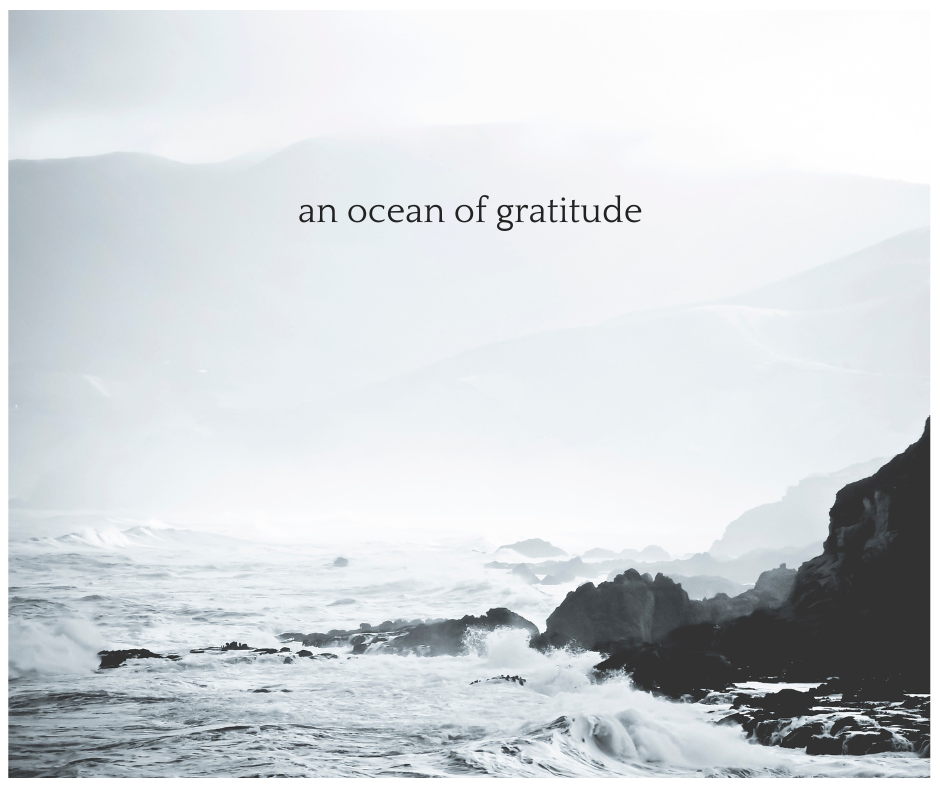NEW PAPER: Significant seabird mortality following Cyclone Ilsa in Western Australia
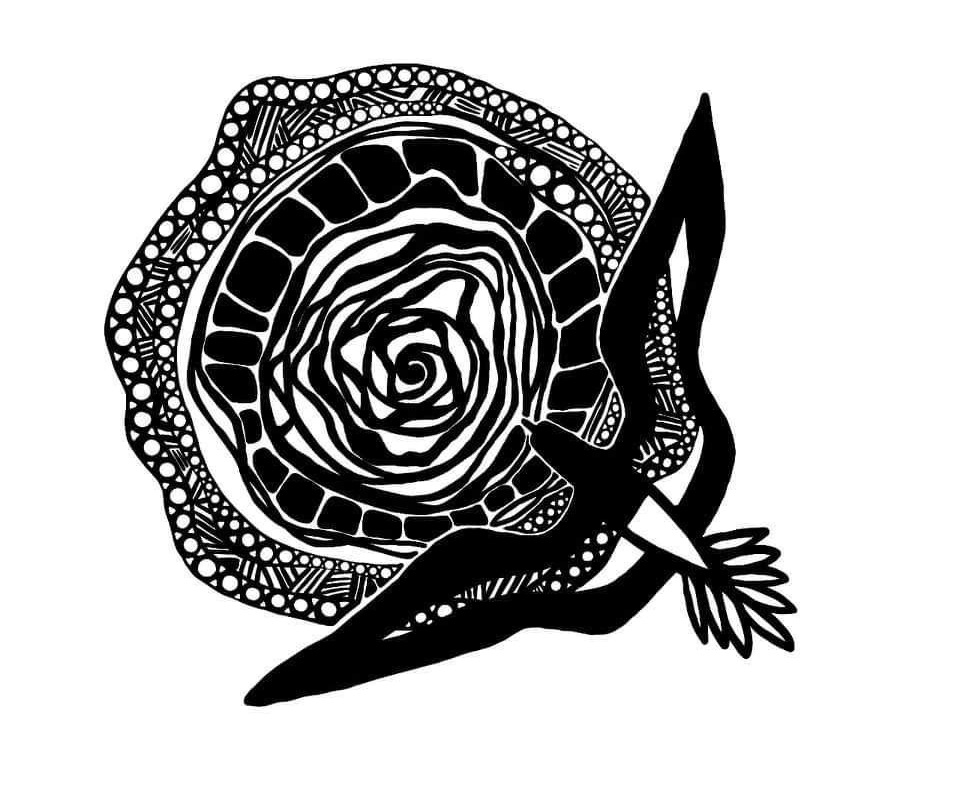
Adrift Lab’s newest paper is out today and it’s a doozey! Our groundbreaking study documents the devastating impact of Cyclone Ilsa on the seabird populations of Bedout Island, off the Pilbara coast of Western Australia.
Please watch our short (2.5 min) video which summarizes the research findings, as well as the background to the study https://youtu.be/v9rjLwmba_A
Synopsis: on 13 April 2023, Cyclone Ilsa struck on Bedout Island as a Category 5 storm, causing extensive damage to the entire island and stripping all coastal vegetation. Over the next three months, our Indigenous-led field research team completed aerial and ground-based surveys. The results suggest 80-90% of the populations of three seabird species, including the endemic Masked Booby, were killed in the cyclone. We were particularly interested in the Masked Booby (Sula dactylatra bedouti), which is endemic to Bedout Island, with a maximum of 40 individuals recorded on the island over 15 weeks.
Our study underscores the importance of monitoring seabird populations in regions prone to extreme weather events. The frequency and intensity of tropical cyclones are increasing worldwide, driven by climate change, and pose as a significant threat to seabird populations and their habitats. With cyclones now hitting Bedout Island, on average, every seven years, seabirds’ ability to recover from such events is severely challenged. Globally, seabirds play a crucial role in ecosystem health, and their loss due to cyclones could lead to long-lasting alterations in island habitats and species complexes.
This research is ground-breaking for other reasons too: two of the authors are #Indigenous, we incorporated local language, knowledge & #AboriginalArt into the paper and we fought hard to ensure #IndigenousDataSovereignty. We hope this paper encourages deeper, more meaningful engagement with #TraditionalOwners.
SPECIAL ACKNOWLEDGEMENTS: We acknowledge the traditional custodians of the land and waters where the data for this paper were collected and analysed, the Kariyarra, Ngarla, and Nyamal people of the Marapikurrinya region and Wudjari people of Kepa Kurl/Esperance. We celebrate the role that Indigenous people play as the first scientists and conservationists of this beautiful Country. We are grateful to Albert Burgman (linguist) and the Wangka Maya Pilbara Aboriginal Language Centre for providing cultural guidance on traditional names for seabirds and sites in the region, and to Patricia Flowers (Tanya’s aunty who met with us in Marapikurrinya) and Coralie Cook from Kariyarra Aboriginal Corporation for providing advice on cultural protocols when accessing Marapikurrinya.
Article title: Cyclone Ilsa in April 2023 led to significant seabird mortality on Bedout Island
ACCESS LINK: https://doi.org/10.1038/s43247-024-01342-6
#EsperanceTjaltjraak #IndigenousInSTEM #IndigenousScience #CycloneIlsa #BedoutIsland #OpenAccess #seabirds #MaskedBooby #LesserFrigatebird #BrownBooby #WesternAustralia #WildOz #ClimateChange #ExtremeWeather

